HAIR TRANSPLANTS FOR CURLY HAIR
Do you think a hair transplant is an option for someone with curly hair? The answer is a loud yes! It is feasible for people with curly hair. This hair transplant surgery used to be extremely difficult for this group, which primarily includes people of African American origin, Middle Easterners, a few Hispanics, Indian, Pakistani, Bangladeshi, and other ethnic communities. The experiences were not very enthusiastic — transection rates were high and transplant survival rates were minimal. Patient satisfaction used to take the brunt.
However, hair transplant surgeries now can manage all hair contours and textures for both men and women. Although the treatment is more complicated and detailed than the straight hair category, the look of a denser, thicker head full of hair is very much possible for curly-haired people.
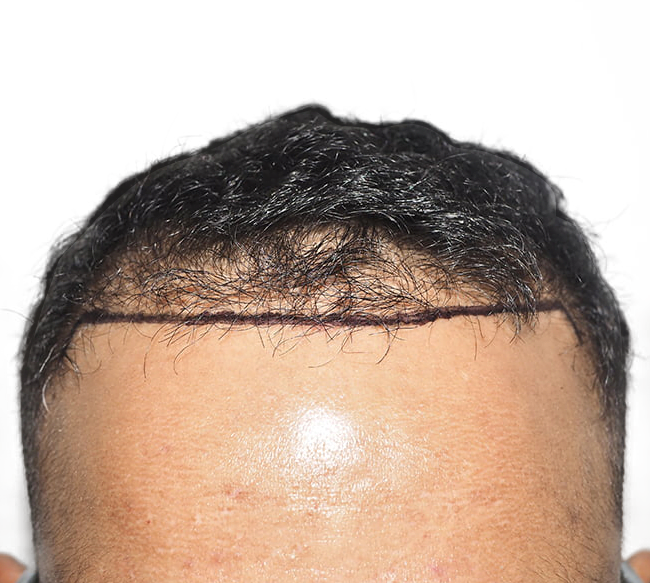
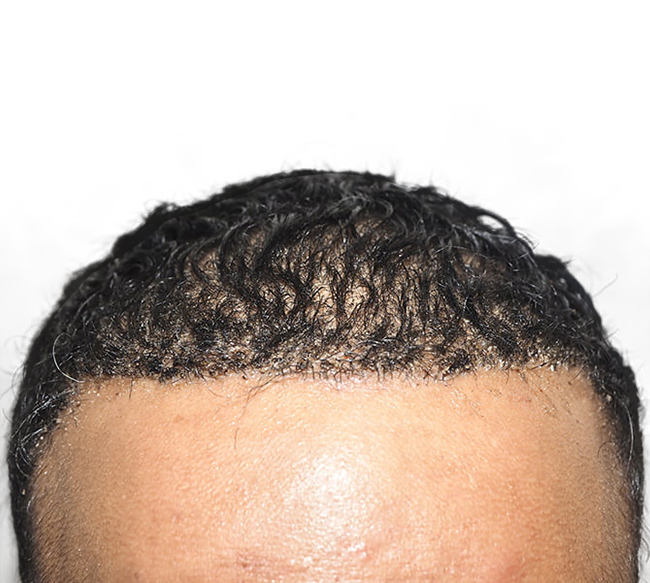
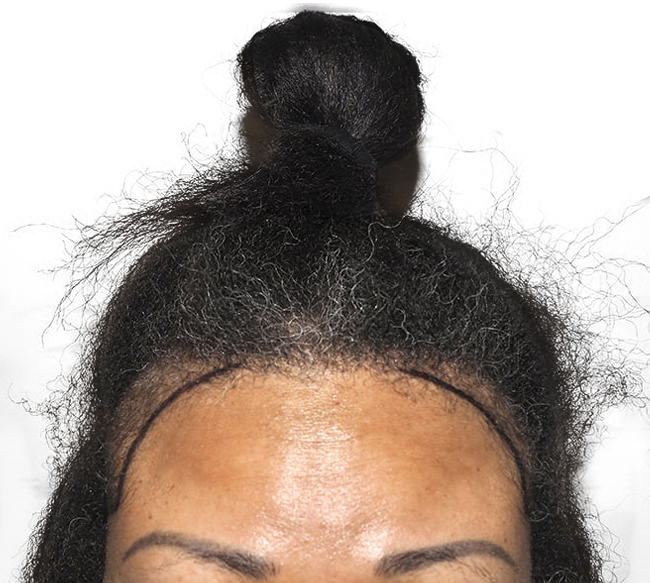
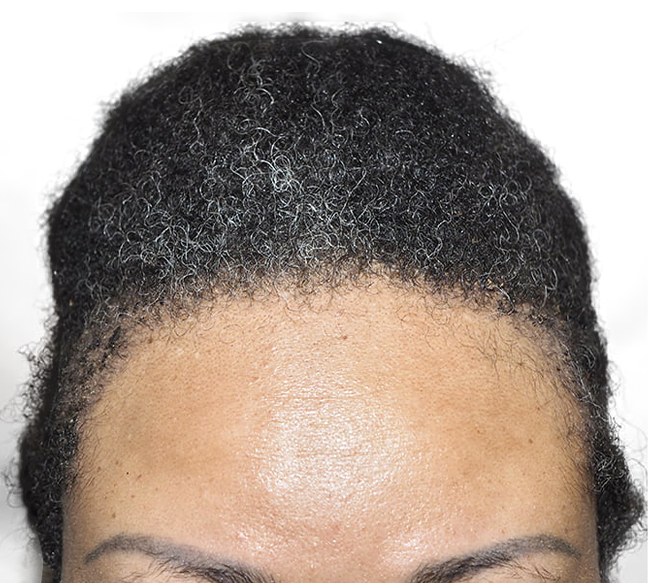

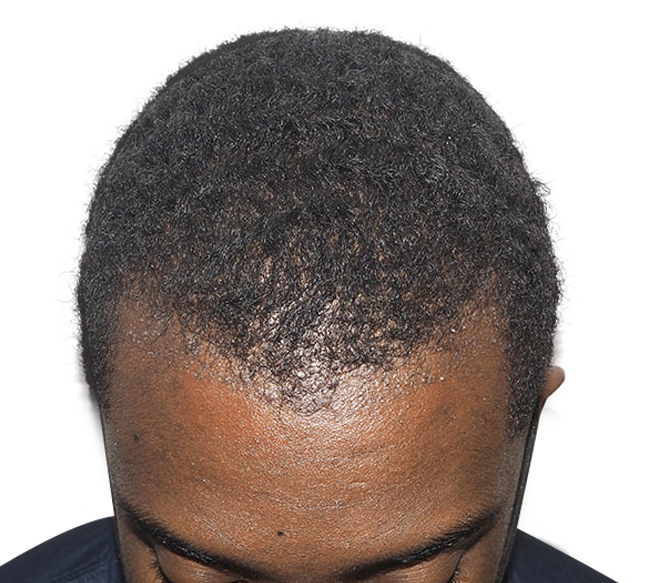
The Significance of Hair Structure in a Hair Transplant
The hair structure is secondary in a hair transplant. All hair follicles that are healthy and alive can be transplanted. It makes little difference whether the hair is straight or curly.
Having said that, curly hair is so much more challenging to manage during hair transplant surgery because there is a greater possibility of hair shaft dissection (inadvertent cutting or damaging of the hair bulb) during the procedure. Nevertheless, a seasoned hair transplant surgery staff that utilizes the technology effectively and has types of equipment designed for curly hair can significantly decrease the transection rate and generate a much better outcome to adequately take care of the bald spot and strengthen one’s self-esteem.
Benefits of Curly Hair Transplant Surgery
Curly hair has a high density of hair per follicular unit, making it simple to cover bald spots with fewer follicular units than straight hair. This implies that, in comparison to those with straight hair, you will require fewer procedures to rebuild your hairline. Therefore, curly hair makes the surgeon’s job much easier because it takes less time.
Curly hair transplants also produce more hair than straight hair transplants. This is due to the curls creating the appearance of voluminous hair in the balding area.
Problems Associated With Curly Hair Transplants
Due to the nature of hair follicles, curly hair transplants are intricate procedures that necessitate high accuracy and diligence. Because curly hair spirals from the edge to the root, extracting and implanting it necessitates extreme caution. This also raises the chances of hair not adjusting to its new surroundings, resulting in an apparent unnatural appearance if the operation is not performed correctly.
Furthermore, African American hair is curly with a distinct root. Compared to Asian or Caucasian hair, this presents a unique post-harvest challenge. Because the roots of African American hair are prone to damage because of the curl, special attention and care to specifics must be given when extracting donor hair from the nape of the neck or the sides to ensure the hair bulbs are not compromised or transected. A hair transplant surgeon with vast experience with African American hair, an excellent eye for precision, and a knowledge of creating hairlines with horizontal, sleek edges are required for the operation.
Best Hair Transplant for Curly Hair Type
As mentioned above, curly and wavy hair requires a great deal of competence on the surgeon’s behalf. When transplanting curly hair, the doctor must ensure that the individual grafts are transplanted at the perfect angle, so the curls afterward lie correctly. When looking at natural curls, you will notice that not each hair is especially wavy, but an entire lot of hair has the same wavy look.
Another difficulty is transplanting very curly hair. Such hair follicles grow a little curved underneath the scalp. Hair transplant using follicular unit extraction (FUE) can be complicated. This is especially true if the hair transplant surgeon or clinician is new to the procedure.
Therefore, it is a widespread belief that follicular unit transplantation (FUT) [1] is the best method for transplanting curly hair. Follicular unit transplantation is a surgical technique in which your surgeon takes out a small strip of hair follicles. The hair follicles are then prepared for transplant in the balding area. You might be surprised to learn that this treatment option gives you fuller hair for life.
It is quite apparent that it is not possible to collect a single hair follicle with curly hair — hence the surgeon gathers the strip of skin with follicles during this follicular unit transplantation, which is why FUT is such a well-accepted procedure for curly hair transplant.
Post Operation Recovery
The donor region might be sore for almost a week after the surgery, or patients may encounter numbness in the donor site. Throughout this time, you should also expect some inflammation and swelling. Patients should begin gently rinsing the recipient site two days after treatment — this is crucial for preventing the formation of scabs. Scabs that form and stick to the scalp and hair may result in the loss of freshly transplanted hair follicles.
Also, doctors may prescribe post-operative medications to help relieve your pain. In general, it is best to rest and avoid intense exercise and other hard manual work for a minimum of a week or 10 days.
The majority of patients can get back to jobs and resume normal activities in a few days after their hair transplant operation. Ensure that you follow any aftercare directions given by the doctor.
Is There a Change in the Structure of the Hair After a Hair Transplant?
The structure of the hair does not modify after hair transplantation. The donor site’s hair will almost have the same structure always as the recipient balding site’s hair.
If the individual follicular units are grafted using the FUE [2] technique, the patient’s hairs usually grow several few months after hair transplant. You will not be able to distinguish between your transplanted hair and your natural hair. That is one benefit of choosing a more challenging FUE technique for curly hair.
If you want to know more about how curly hair transplant works, don’t hesitate to contact us at MAXIM. Our qualified and caring team of experts will be happy to go over the process with you and address questions that you may have. Set up your free consultation with us today — we look forward to hearing from you!
Footnotes:
1. Yetman, Daniel. (June 30, 2020). What You Need to Know About Follicular Unit Transplantation (FUT). https://www.healthline.com/health/fut-hair-transplant
2. Dua, Aman & Kapil. (2010 May-Aug). Follicular Unit Extraction Hair Transplant. https://www.ncbi.nlm.nih.gov/pmc/articles/PMC2956961/

